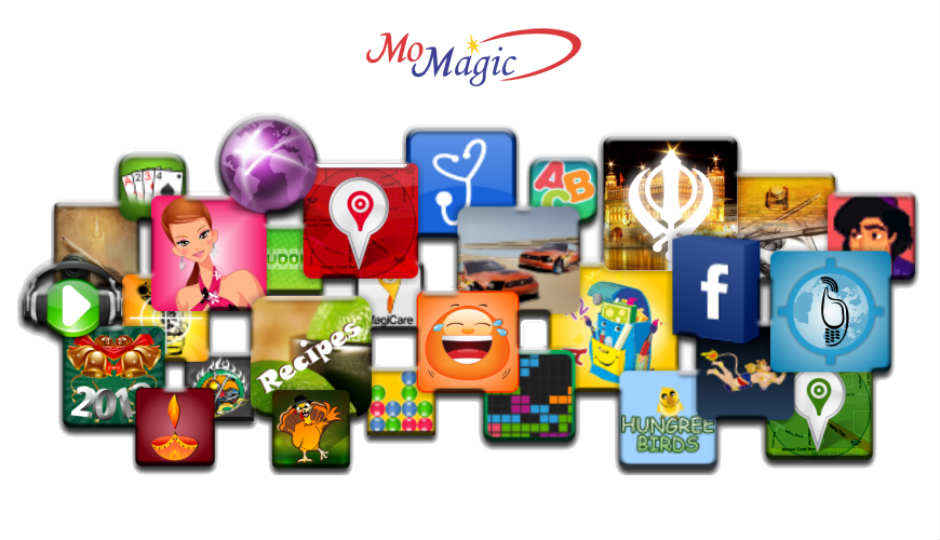MoMagic aims to add 12 million new users in FY 2015-2016
The company has reached 90 million users mark in India and said that the handset market is growing at a rate of 25% to 30% in India.

MoMagic Technologies has said that it is aiming to add 12 million new users in fiscal year 2015-2016, as part of its smartphone database survey. As of now, it has reached 90 million users in India. The company said the complete userbase consists of 75 million feature phone and smartphone users reached through OEMs, 12 million smartphone users reached via OTA sources, and the rest 3 million smartphone users reached through offline sources.
 Survey
SurveyThe company also revealed various interesting stats (for the time period of January to August 2015) related to the mobile app ecosystem in India. According to the survey, there has been a growth of 15% to 18% in app installations on monthly basis. Out of all the app installations, 64% of them were installed on Indian-Chinese branded smartphones, while the other 36% were on the top 5 global brands. 43% of installations were done on mobiles in the sub-10k price segment. Talking about popular app categories, Games, Social Networking, and Entertainment apps are the top 3 downloads (in Tier II cities), with Utility category not too far away.
MoMagic further said that as the handset market is growing at a rate of 25% to 30% in India, the company is aiming to see an increase of 12 million new users via the offline channel in FY 2015-16. It also believes that the Indian app ecosystem and m-commerce will play an important role in the Indian government’s Make in India and Digital India initiatives.
MoMagic Technologies CEO and Founder, Arun Gupta said, “An important trend which the data showcases is that we have managed to register 98% activation and 80% retention within 1 week, an important indicator that for online penetration an offline network is important, especially in the Indian context and keeping the Tier II and Tier III cities in mind. 2 key reasons for better results with offline is: lower Internet penetration, network issues and lack of awareness and understanding amongst the end customer especially in the next rung of cities, where there is a clear need for one-on-one interface and explanation.”